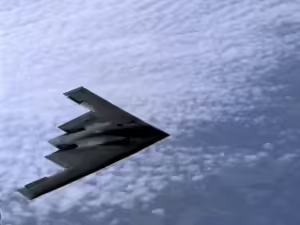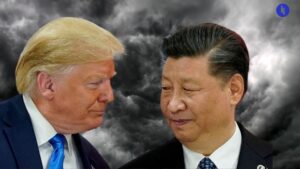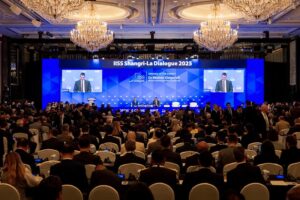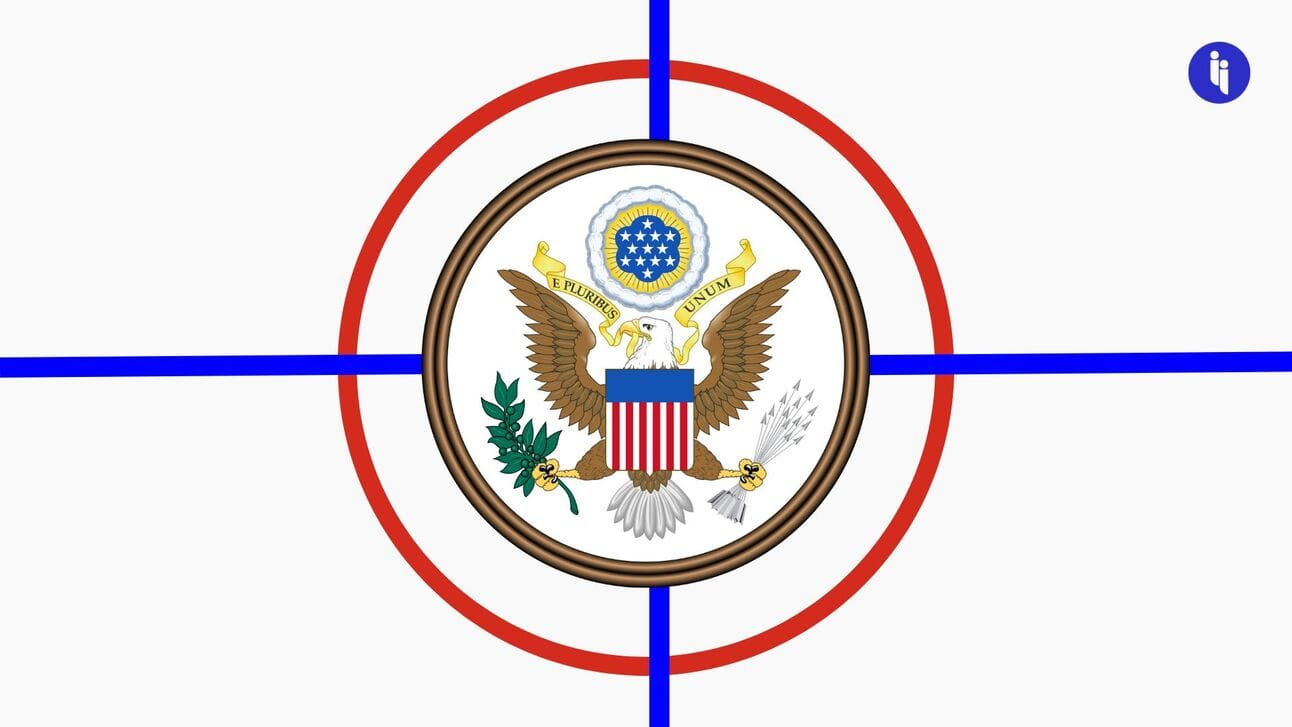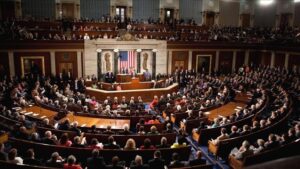It’s a terrifying thrilling time to work in national security — folks from Warsaw to Seoul are talking about getting nukes, Tehran is ramping up its uranium enrichment, and ceasefires seem to have as much durability as group chat security protocols.
So when the US dropped its latest annual Intelligence Community threat assessment? We were naturally curious.
Here are the top four quotes you need to know –
Stay on top of your world from inside your inbox.
Subscribe for free today and receive way much more insights.
Trusted by 129,000+ subscribers
No spam. No noise. Unsubscribe any time.
- “Fentanyl and other synthetic opioids remain the most lethal drugs trafficked into the United States”
For the first time in more than a decade, this annual report ditches any reference to climate change and the risk of humanitarian and environmental crises leaving nations more vulnerable to instability, competition, and conflict.
Rather, in presenting the report to Congress, Trump’s new spymaster (Gabbard) said environmental awareness is a given, so the report instead focuses on direct threats.
So opening on fentanyl, she noted US deaths are now down 33% from last year. But interestingly, the threat assessment still highlights China’s fentanyl supply chain role, notwithstanding last year’s reports of renewed US-China cooperation.
- “Russia, China, Iran and North Korea—individually and collectively—are challenging U.S. interests”
The annual assessment has listed these rivals for years. But seeing Russia listed again in 2025? That’s intriguing given Trump 2.0’s halt to cyber operations, resumption of leader-level calls, and his pause in aid and intel with Kyiv (all badged as pro-peace).
Still, the paper defends US talks with Moscow, arguing “Russia’s growing confidence in its battlefield,” and “increased risk of nuclear war,” create an urgency to end the war.
- “China presents the most comprehensive and robust military threat to U.S. national security”
Remember when Kamala Harris answered that Iran was the top US adversary? Critics said the candidate was off-base, though giving the more accurate answer (China) would’ve been fraught also: how do you then maintain functional ties with Xi Jinping once you win?
Anyway, Trump 2.0’s rhetoric also arguably now uses kiddie gloves on China, throwing more shade against, say, Canada. So it’s worth looking not just at words, but moves: his spymaster just wrapped a visit through the Indo-Pacific and his defence secretary lands there tomorrow, both with a China focus.
- “Kim remains committed to increasing the number of North Korea’s nuclear warheads and improving its missile capabilities to threaten the Homeland”
Just a day after the US dropped this report, Pyongyang dedicated a full state media cycle to showing off its new AI drones and military aircraft. Of course, it’s impossible to know if the drones were really AI-piloted or there’s some guy off-camera with a joystick.
But either way, with Kim Jong-un helping Putin’s war, North Korean arms now carry that label you hear at defence shows to pump up valuations, or at presidential briefings to spice-up warnings: they’re ‘battle-tested’.
INTRIGUE’S TAKE
This seems as good a moment as any to flag the ‘reverse Nixon’ concept doing the rounds: whereas Nixon cozied up to Mao to draw him away from Russia (the top rival), some say Trump is now cosying up to Putin to draw him away from Xi (today’s top rival).
But there’s lots to ponder there — first, whether this idea is actually shaping Trump’s thinking, or whether it’s just some kind of intellectual scaffolding erected by others.
Second, whether it’s even necessary, given how fraught Sino-Russia ties have been historically (and still are, despite their ‘no limits’ declarations).
Third, whether pulling a reverse Nixon would even work, given the risk a US softening towards Moscow could instead just embolden both Russia and China in their regions.
Then fourth, and even if you answer all ‘yes’ above, whether it’s worth the current constellation of startled allies the US would otherwise need to counter China.
Also worth noting:
- If you’re into numbers, this latest US threat assessment mentions Russia 112 times, China 103, Iran 57, and North Korea 32 times.
- The report also notes ISIS is plotting attacks to undermine the new government in Syria.
- Reporting recently emerged from Amwaj Media that Tehran could be mulling a request to take part in UAE-facilitated talks with Washington.

